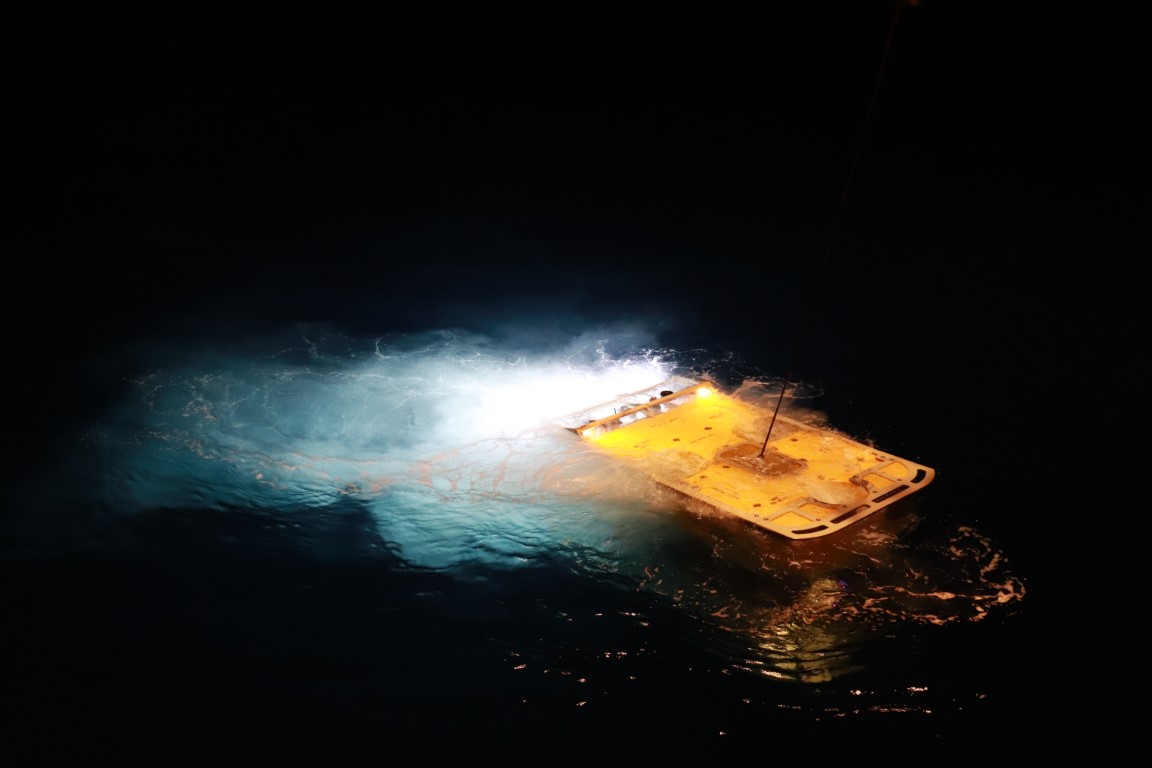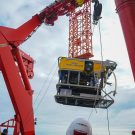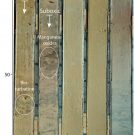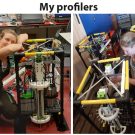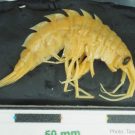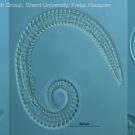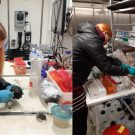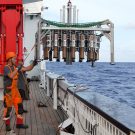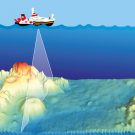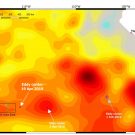Hey, I’m Rudy… The Rock! I am willing to tell you about my first crazy contact with what is called “human” scientists (quite different to my usual rocky neighbors). The last million years, it was calm and silent since my eruption birth at Conical Seamount. We lived in a peaceful stony community at 1400m below […]
300. Tauchgang des ROV KIEL 6000
In den vergangenen Blogeinträgen konnten wir bereits davon berichten, dass die Meeresforschung trotz COVID-19 wieder aktiv ist und – mit entsprechenden neuen Regeln – sogar Expeditionen auf hoher See wieder möglich sind. Aktuell ist das Forschungsschiff SONNE unter Fahrtleitung von Dr. Saskia Brix von der Senckenberg-Gesellschaft im Nordatlantik im Einsatz, um verschiedene marine Lebensräume rund […]
Hard Rock and Heavy Metal: join the microbial deep-sea party! / Hard Rock und Heavy Metal: eine mikrobielle Tiefseeparty!
by Dr. Julia Otte, AWI and Jessica Volz, AWI (deutsch s. u.) What gravity cores can tell us about the biogeochemistry of the Deep The deep sea has fascinated mankind since the early odysseys across the oceans – many myths have been told about the depths of the sea with the dreaded Kraken and Moby […]
Supervising sensitive deep-sea sensors / Überwachung sensibler Tiefsee-Sensoren
by Elena Schiller, AWI (deutsch s. u.) Essentials of deep-sea research technology: The first thing I learnt upon entering a deep sea technology workshop was “non-corrosive steel is non-corroded on the day of delivery”, which leads me to my first topic: materials. We tend to avoid most metals because seawater is highly corrosive. So we […]
Catch It If You Can! – Amphipods in the Deep-Sea
by Tasnim Patel, RBINS Life in the deep-sea is no picnic and dedicating your life to studying our last truly unexplored wilderness isn’t easy either. To sample fauna in the abyssal plains requires courage, expertise, commitment, financial backing and in my case …a pinch of luck. I’m studying deep-sea scavenging crustaceans, which are not only […]
Deep-sea gardening
by Dr. Freija Hauquier, Ghent University Underneath the seafloor lies an entire world of small animals crawling between the sediment grains, well hidden from the human eye at first glimpse. Yet they are numerous, diverse, and equally deserve our attention in the context of deep-sea mining. Sure, studying them requires a bit more patience than […]
Take the chance / Ergreif die Chance
Impression of our youngest scientist (deusch s.u.) Hi, my name is Ann-Kathrin Weßels and I study Biology. I am currently working at the DZMB in Wilhelmshaven at my Bachelor Thesis. I took the chance and left daily life behind for two months for my biggest adventure so far. Thursdays 21st of march: After a brief […]
A small world between grains / Eine kleine Welt zwischen den Sandkörnern
by Dr. Sven Rossel, Katja Uhlenkott und Ann-Kathrin Weßel (deutsch s.u.) “Ah, you’re playing with mud again.” That is something biologists and geologists hear quite often on board. And yes, we are one of the parties “playing with mud”. But actually we, the biologists from Senckenberg, German Centre for Marine Biodiversity Research, are not interested […]
Mapping the seafloor/Die Kartierung des Meeresbodens
(Deutsche Version unten) How do you plan research that is to be conducted at the seafloor in 4000 meter water depth? How do you choose the locations for your studies in a large area that you may not know much about yet? How do you pick the best spot to deploy sensors? – Which path […]
Wer ist eigentlich Eddy?/Who actually is Eddy?
(English version below) Das war eine häufige Frage an Bord zu Beginn unserer Forschungsfahrt. Denn das „Eddy“ Teil unserer wissenschaftlichen Untersuchungen wird, ergab sich relativ kurzfristig. Eddies sind temporäre Wasserwirbel mit einem Durchmesser von mehreren hundert Kilometern, die lange Strecken durch den offenen Ozean zurücklegen können, bevor sie sich irgendwann auflösen. Sie können von der […]
